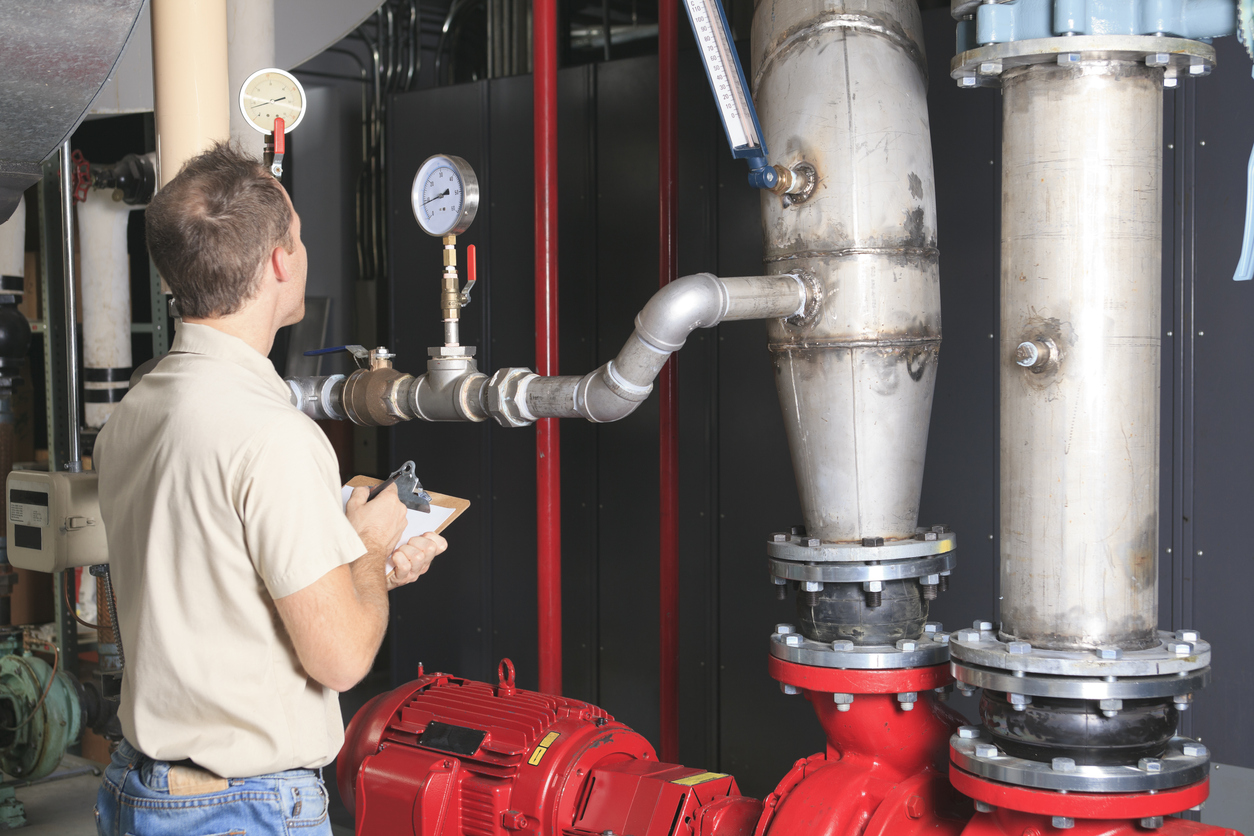As communities focus on development by way of system improvement, the fundamental to defend the environment has become increasingly noticeable. Gabions (gabiony), because of their mixture of functionality and eco-friendliness, come up being a appealing remedy for harmonizing structure demands with enviromentally friendly preservation.
gabion (gabiony), basically cable fine mesh baskets filled with gemstones or other supplies, offer a multifaceted method of structure difficulties. From deterioration control to retaining wall space, gabions locate software across a variety of areas, providing structural stableness while endorsing enviromentally friendly sustainability.
A defining attribute of gabions is the permeability, enabling drinking water to move by means of while protecting against garden soil erosion. This attribute is extremely advantageous in mitigating the effects of surging and keeping natural hydrological patterns. By facilitating groundwater recharge and maintaining source dynamics, gabions give rise to ecosystem health and durability.
Additionally, gabions might be made using locally accessible resources, minimizing the environmental footprint linked to transport and extraction. Through the use of indigenous stones or re-cycled aggregates, jobs helps to reduce carbon dioxide emissions and relieve pressure on all-natural sources, and thus encouraging sustainability.
Additionally, gabion buildings have the potential to improve biodiversity by developing habitat niches for a variety of microorganisms. The interstitial places between rocks give shelter and reproduction grounds for plants and flowers, pests, and modest mammals, bringing about ecosystem intricacy and resilience.
From the useful perspective, gabions offer inexpensive alternatives for infrastructure improvement. Their basic design approach demands minimum specialised labour and devices, resulting in lowered task charges. Furthermore, gabions are highly adjustable and can easily be revised or widened in order to meet evolving requirements or website problems.
In summary, gabions work as a bridge between structure needs and ecological preservation, providing a environmentally friendly procedure for improvement that prioritizes both human requirements and ecological reliability. By using the natural components of locally readily available supplies, gabion structures not only satisfy functional requirements but additionally promote the conservation and augmentation of organic ecosystems. Adopting gabions in facilities projects can pave the way in which for a more sturdy and sustainable future.



